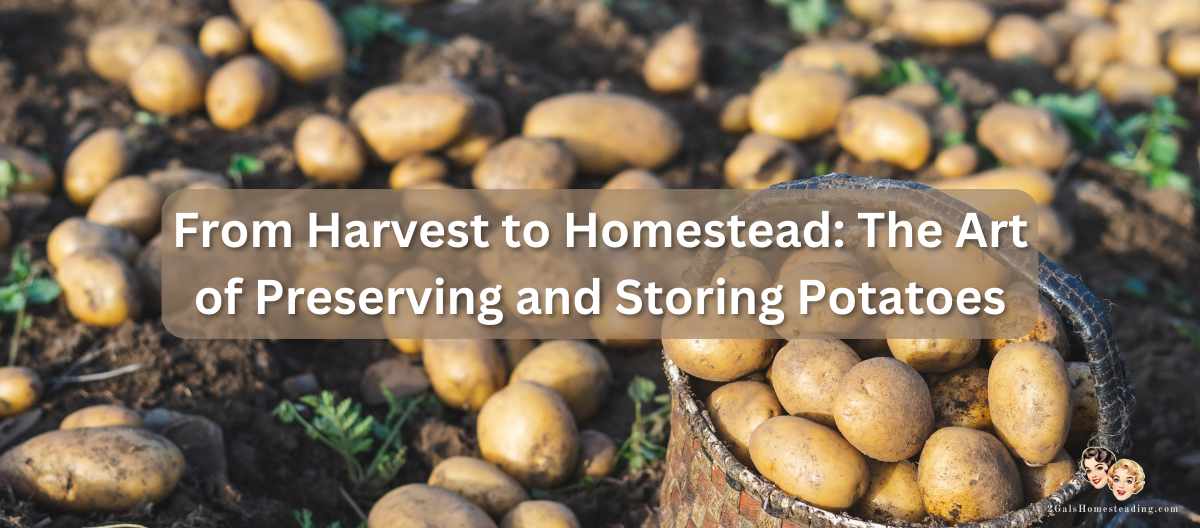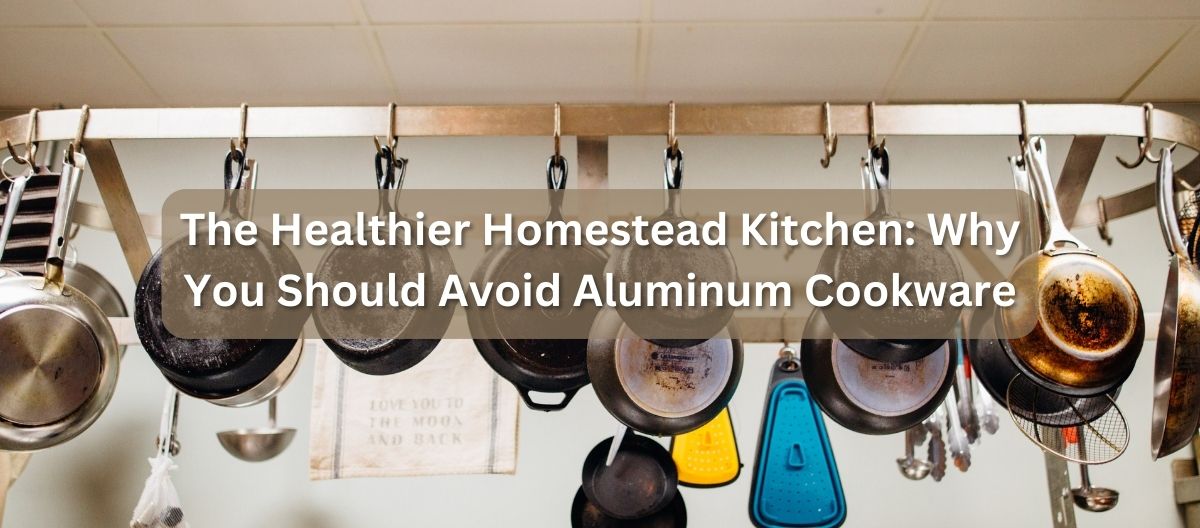Cookware is the unsung hero of your kitchen, faithfully helping you prepare meals day in and day out. But when it comes to selecting the perfect cookware, the choices can be overwhelming. In this comprehensive comparison, we’ll delve into three popular options: cast iron, stainless steel, and ceramic-coated cookware. We’ll evaluate them based on environmental impact, cooking ease, cost, and durability to help you make an informed decision for your kitchen.
Environmental Impact:
- Cast Iron: Cast iron cookware is known for its durability, which can make it environmentally friendly in the long run. These sturdy pots and pans can last for generations, reducing the need for replacements. However, the production of cast iron involves mining and energy-intensive processes, which contribute to its initial environmental footprint. Nevertheless, when well-maintained and passed down through generations, cast iron can become a sustainable choice.
- Stainless Steel: Stainless steel cookware is generally considered eco-friendly due to its durability and recyclability. It has a long lifespan and is resistant to corrosion, reducing the frequency of replacements. Additionally, stainless steel is fully recyclable, making it an environmentally responsible choice when it reaches the end of its life cycle.
- Ceramic Coated: Ceramic-coated cookware can be a mixed bag in terms of environmental impact. On the positive side, it is free of harmful chemicals like PFOA and PFAS, making it safer for the environment. However, the production process, which involves firing at high temperatures, can be energy-intensive. Additionally, the ceramic coating may wear off over time, leading to the disposal of the pan.
Cooking Ease:
- Cast Iron: Cast iron excels in heat retention and even heating. Once heated, it maintains a steady temperature, making it ideal for slow-cooking and searing. However, it can be heavy and requires seasoning to maintain its non-stick properties.
- Stainless Steel: Stainless steel cookware heats quickly and evenly, providing precise temperature control. While it may not have non-stick properties like cast iron, it’s great for tasks like deglazing and creating flavorful pan sauces.
- Ceramic Coated: Ceramic-coated cookware combines the even heating of ceramic with a non-stick surface. It’s user-friendly and requires less oil for cooking, making it a good option for health-conscious cooks. However, the non-stick properties may diminish over time, requiring replacement or re-coating.
Cost:
- Cast Iron: Cast iron cookware is often budget-friendly, especially when compared to high-end stainless steel or ceramic-coated options. You can find quality cast iron pans at affordable prices, and their durability ensures they provide excellent value over time.
- Stainless Steel: Stainless steel cookware can vary widely in price, with high-quality sets commanding a premium. While initial costs may be higher, the long lifespan and low maintenance costs make stainless steel a cost-effective choice in the long run.
- Ceramic Coated: Ceramic-coated cookware falls into the mid-price range. It’s more affordable than some premium stainless steel options but can be pricier than basic cast iron. Consider the expected lifespan and non-stick performance when evaluating the overall cost.
Durability:
- Cast Iron: Cast iron cookware is renowned for its durability. When properly seasoned and cared for, it can last for generations. It can withstand high temperatures and is virtually indestructible unless subjected to severe physical abuse.
- Stainless Steel: Stainless steel cookware is highly durable and resistant to rust, stains, and corrosion. It can endure high temperatures and is less likely to warp or dent compared to other materials. With proper care, it can also last a lifetime.
- Ceramic Coated: The durability of ceramic-coated cookware can vary depending on the quality of the coating. While the ceramic surface is generally sensitive to scratches and high heat, well-maintained pans can last several years. However, they may require replacement when the non-stick properties degrade.
Trends:
- Cast Iron: Cast iron cookware had experienced a resurgence in popularity among home cooks in recent years. Many people appreciate its durability and versatility, especially for tasks like searing and baking. While it might not be the primary choice for all home cooks, a significant percentage incorporated cast iron into their kitchen arsenal.
- Ceramic Coated: Ceramic-coated cookware had gained popularity due to its non-stick properties without the use of harmful chemicals like PFOA and PFAS. It was often chosen by those looking for a healthier and more environmentally friendly alternative to traditional non-stick cookware.
- Stainless Steel: Stainless steel cookware has long been a staple in both home and professional kitchens. Its popularity remained steady, with many home cooks valuing its durability, even heating, and resistance to staining and corrosion.
Here’s a summary comparing cast iron, stainless steel, and ceramic coated cookware based on environmental impact, cooking ease, cost, and durability:
Cast Iron Cookware:
- Environmental Impact: Cast iron has a significant initial environmental footprint due to the energy-intensive production process. However, its long lifespan and potential for generational use can make it a sustainable choice over time.
- Cooking Ease: Cast iron excels in heat retention and even heating, making it great for slow-cooking and searing. It requires seasoning to maintain non-stick properties.
- Cost: Cast iron cookware is generally budget-friendly, offering excellent long-term value for its durability.
- Durability: Cast iron is renowned for its durability and can last for generations if properly seasoned and maintained.
Stainless Steel Cookware:
- Environmental Impact: Stainless steel is considered eco-friendly due to its durability and recyclability. It has a long lifespan and is resistant to corrosion.
- Cooking Ease: Stainless steel heats quickly and evenly, offering precise temperature control. It’s versatile but lacks non-stick properties.
- Cost: Stainless steel cookware varies in price but offers cost-effectiveness over time due to its durability.
- Durability: Stainless steel is highly durable, resistant to rust and stains, and can last a lifetime with proper care.
Ceramic Coated Cookware:
- Environmental Impact: Ceramic-coated cookware is free of harmful chemicals, making it environmentally safer. However, the production process can be energy-intensive.
- Cooking Ease: Ceramic-coated cookware combines even heating with non-stick properties. It’s user-friendly but may require replacement as the coating wears off.
- Cost: Ceramic-coated cookware falls in the mid-price range, considering its expected lifespan and non-stick performance.
- Durability: The durability of ceramic-coated cookware varies, with proper maintenance, it can last several years, but the non-stick properties may diminish over time.
In the end, the choice between cast iron, stainless steel, and ceramic-coated cookware depends on your specific needs and priorities. If environmental impact is a top concern and you’re willing to invest in long-lasting cookware, cast iron and high-quality stainless steel are strong contenders. If you prefer user-friendly non-stick properties and are mindful of initial costs, ceramic-coated cookware may be your best bet.
Consider the type of cooking you do, your budget, and your commitment to maintenance when making your decision. No matter which option you choose, proper care and responsible disposal can help minimize the environmental impact of your cookware. Ultimately, the best cookware for you is the one that enhances your cooking experience and suits your lifestyle while aligning with your environmental values.




